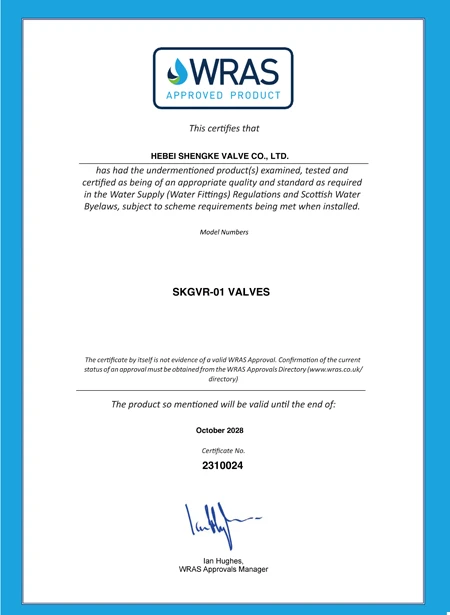9 月 . 30, 2024 03:00 Back to list
Understanding the Functionality and Applications of Gate Valves in Fluid Control Systems
The Importance and Functionality of Gate Valves in Industrial Applications
Gate valves, a crucial component in various industrial systems, play an essential role in controlling the flow of liquids and gases. These valves are designed to either fully open or fully close a pipeline, regulating fluid movement effectively, which makes them ideal for applications where minimal flow resistance is required when the valve is fully opened. This article explores the functionality, design, and various applications of gate valves in industrial settings.
Design and Construction
Gate valves are characterized by their simple design, typically composed of a valve body, a gate, and a stem. The gate is a solid piece that moves up and down within the valve, effectively blocking or allowing fluid to pass through. The movement of the gate is controlled by the stem, which is connected to an actuator or handle. When the valve is fully opened, the gate is lifted out of the flow path, providing a smooth passage for fluids with minimal turbulence. Conversely, when the valve is closed, the gate fits snugly against a seat, preventing any flow.
Most gate valves are constructed from durable materials such as brass, stainless steel, cast iron, or PVC, depending on the application and type of fluid being handled. The selection of material is crucial, as it ensures the valve can withstand the pressure, temperature, and corrosive nature of the working environment.
Functionality
Gate valves function predominantly as on/off valves, which means they are not suitable for regulating flow
. This characteristic is important in systems where it is necessary to completely stop or allow flow without creating significant pressure loss. When fully opened, gate valves present little resistance to flow, which can enhance the efficiency of pumps and other equipment downstream.gate valve

One notable advantage of gate valves is their ability to handle high pressures and temperatures, making them suitable for applications in industries such as oil and gas, water treatment, and power generation. They can be used in pipelines that transport not only water but also more aggressive media, ensuring reliable operation over extended periods.
Applications
Gate valves are widely used across various sectors. In the oil and gas industry, they are commonly employed in upstream and downstream processes, including in drilling and refining operations. Their reliability and ability to perform under harsh conditions make them indispensable for maintaining safety and efficiency in these settings.
In water supply systems, gate valves are often used to control the flow into different sections of a pipeline network. This control is essential for maintenance operations, allowing sections of the pipeline to be shut down without disrupting the entire system. Additionally, gate valves are utilized in irrigation systems, providing effective flow control for agricultural applications.
The power generation sector also heavily relies on gate valves. They are used in cooling water systems, fuel oil systems, and steam systems within power plants. Their durability and capability to manage high pressures make them suitable for these rigorous environments.
Conclusion
In summary, gate valves serve a vital purpose in numerous industrial applications, offering reliable flow control with minimal resistance when fully open. Their robust design and construction materials ensure they can withstand challenging conditions, making them an excellent choice for various industries. As technology advances, the design and efficiency of gate valves continue to evolve, solidifying their importance in modern industrial operations. Understanding the functionality and applications of gate valves helps industries optimize their processes and enhance overall operational efficiency.
Share
-
Understanding the Differences Between Wafer Type Butterfly Valve and Lugged Butterfly ValveNewsOct.25,2024
-
The Efficiency of Wafer Type Butterfly Valve and Lugged Butterfly ValveNewsOct.25,2024
-
The Ultimate Guide to Industrial Swing Check Valve: Performance, Installation, and MaintenanceNewsOct.25,2024
-
Superior Performance with Industrial Swing Check Valve: The Essential Valve for Any SystemNewsOct.25,2024
-
Industrial Swing Check Valve: The Ideal Solution for Flow ControlNewsOct.25,2024
-
You Need to Know About Industrial Swing Check Valve: Functionality, Scope, and PerformanceNewsOct.25,2024